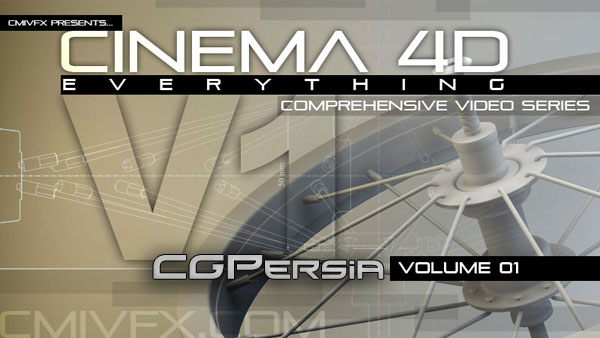
cmiVFX -Cinema 4D Everything Volume 1


Intermediate | 3h 55m | 3.42 GB | Project Files 429 MB | Required Software: MARI 1.4v3
Continue Reading

Intermediate | 2h 27m | 1.87 GB | Project Files 5 MB | Required Software: 3ds Max 2013
Continue Reading

Intermediate | 3h 17m | 2.73 GB | Project Files 643 MB | Required Software: MARI 1.5v1, Illustrator CS6, Photoshop CS6
Continue Reading